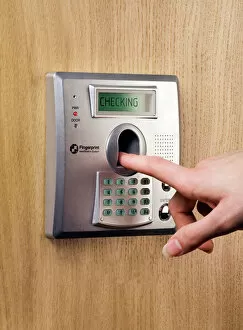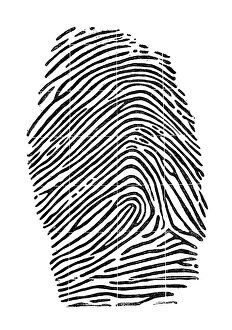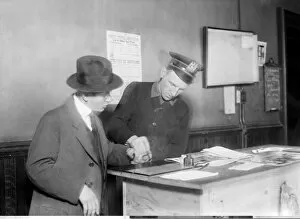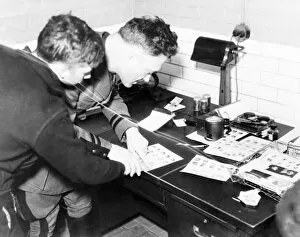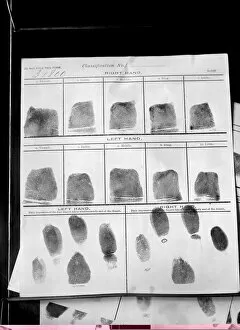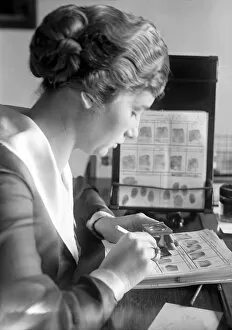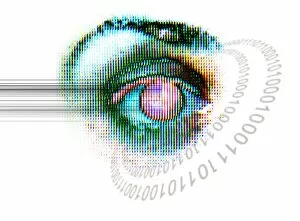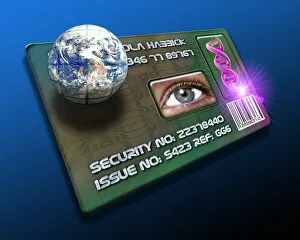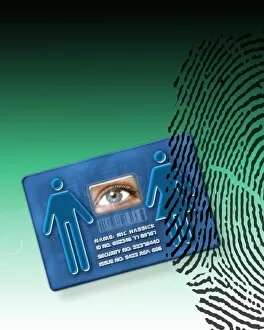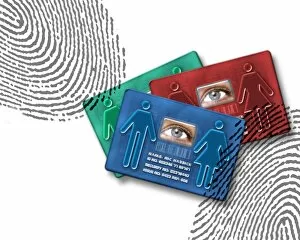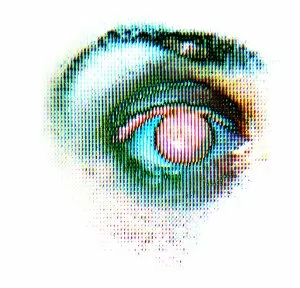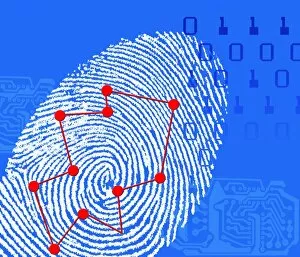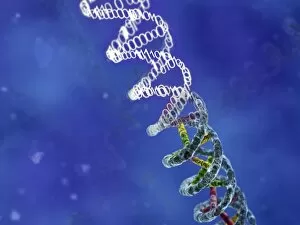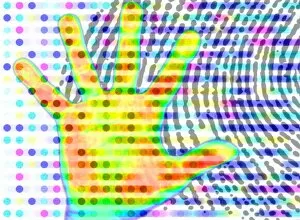Biometry Collection
Biometry, the science of using unique physical characteristics for identification and authentication purposes, has come a long way since its inception
For sale as Licensed Images
Choose your image, Select your licence and Download the media
Biometry, the science of using unique physical characteristics for identification and authentication purposes, has come a long way since its inception. One of the most well-known biometric techniques is fingerprint scanning, which dates back to thumbprint forensics in the 19th century. In 1924, fingerprint records were officially introduced with the code C014 / 0459. These records revolutionized criminal investigations by providing law enforcement agencies with an efficient method to identify suspects based on their fingerprints. Similarly, wartime fingerprinting in 1917 (C014 / 0460) and military fingerprinting in the 1930s (C014 / 0461) played crucial roles in ensuring national security during times of conflict. The significance of fingerprints as a means of identification can be traced even further back to early records like those from 1912 (C014 / 0457). Fingerprint analysis conducted in 1918 (C014 /0458) further solidified their importance as a reliable biometric tool. However, biometry encompasses more than just fingerprints. Eye scanning is another widely used technique within this field. By capturing intricate details such as iris patterns or blood vessels within the eye, eye scanning provides an additional layer of security and accuracy when it comes to personal identification. Fingerprint biometrics have become increasingly prevalent across various industries due to their convenience and effectiveness. From unlocking smartphones with a simple touch to securing access control systems at high-security facilities, fingerprint scanning has become an integral part of our daily lives. As technology continues to advance rapidly, so does the field of biometry. With ongoing research and development efforts focused on enhancing accuracy and expanding capabilities beyond traditional methods like fingerprints and eye scans, we can expect exciting breakthroughs that will shape the future landscape of this fascinating discipline.

